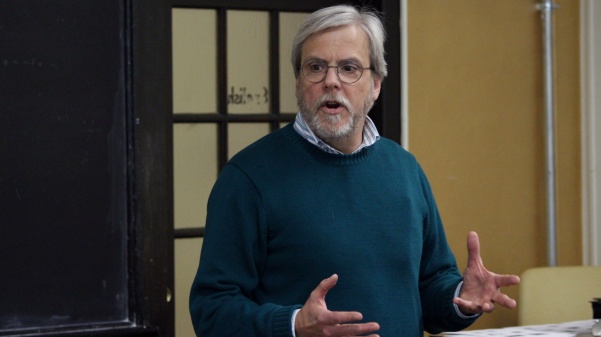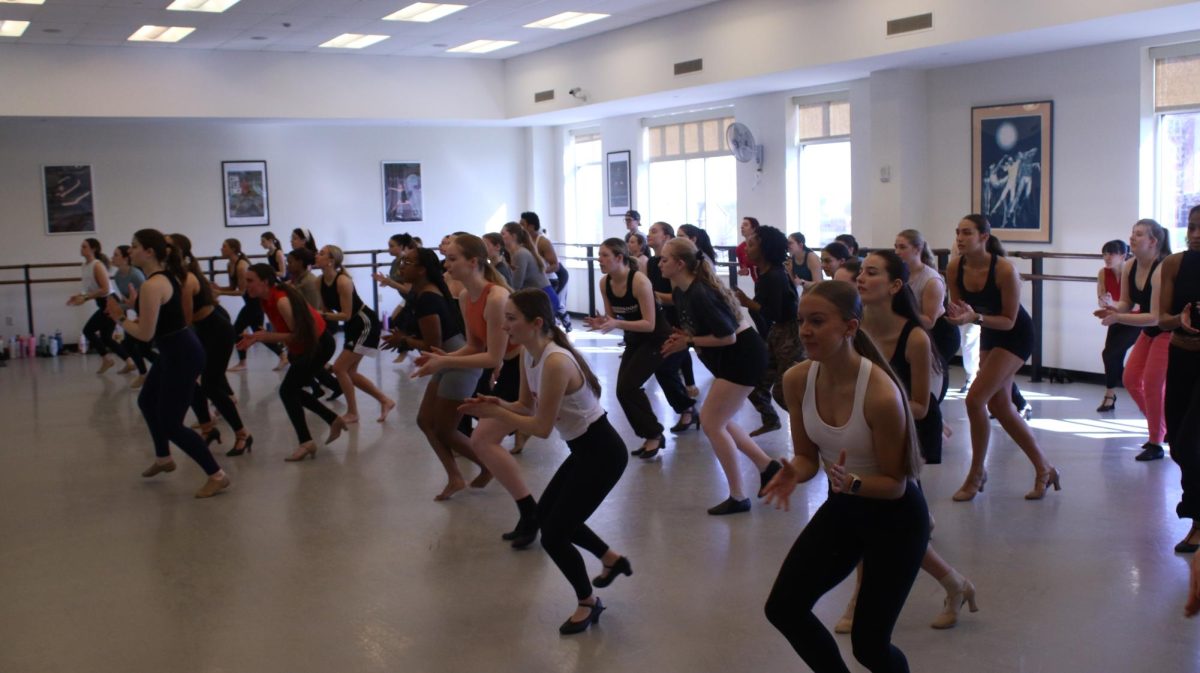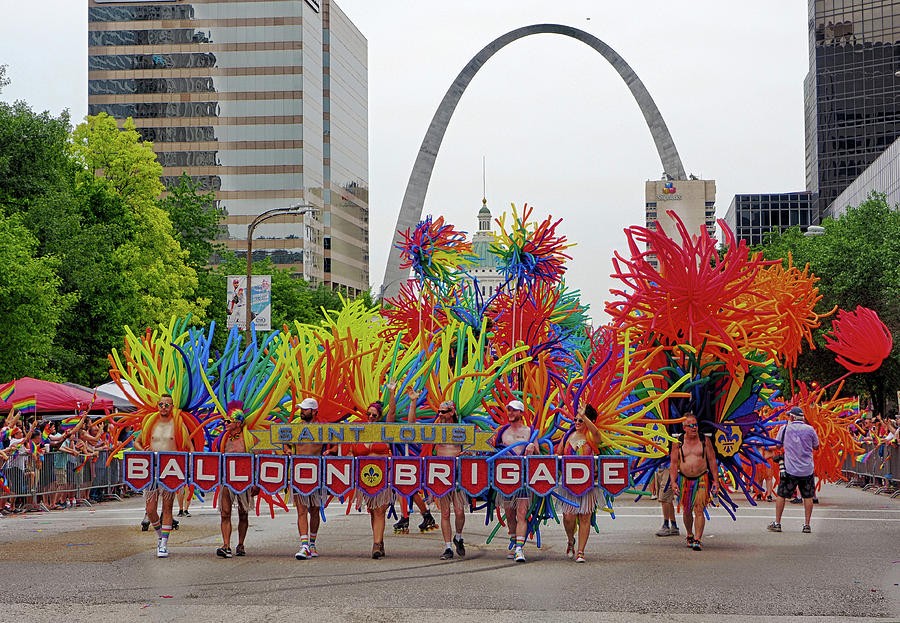MEGAN COURTNEY | Reporter
A Lindenwood History professor published a book focused on 19th century cemeteries late last month.
The teacher, Jeffrey Smith, titled his book, “The Rural Cemetery Movement: Places of Paradox in Nineteenth-Century America.”
“This is looking at what’s called ‘the rural cemetery movement,” Smith said. “Ironically, they’re not rural at all. They’re large cemeteries in urban areas. They’re called rural because they’re placed outside towns.”
The book, according to its description on it’s publisher’s website, “breaks new ground in the history of cemeteries in the nineteenth century,” and examines the rural cemeteries which were modeled after the first “rural” cemetery built in Mount Auburn in 1831.
Smith said that his book takes a look at how the cemeteries “played out” in the 19th century.
“They’re not just a burial ground,” he said.” These are places that are designed for the living and to be used by the living. People use them as a way you’d use a public park. They go there to stroll and to have picnics and look at the flowers.”
He also examined these cemeteries as cultural phenomenons that created park-like spaces.
“They reflect a broader urban community and what that community thinks is important,” Smith said.
According to the website, the founders of the cemeteries “intended them to be used in many ways that reflected their views and values about nature, life and death, and relationships.”
Smith’s book also talks about how modern cemeteries are businesses.
“Before, the local church took care of it [dead bodies] or the city took care of it,” Smith said. “If you were truly impoverished, the city had some kind of field. But now, for the first time, this is an independent institution and their main source of income is not only burying bodies, but also creating family lots, great big family lots where you sell the land by the square foot.”
People also pay for burials, Smith said.
He said that the book in its entirety took approximately four years to complete.
Smith has also published other books including a biography of William Clark for fifth-grade readers and a book about George Sibley’s journals from Fort Osage.









